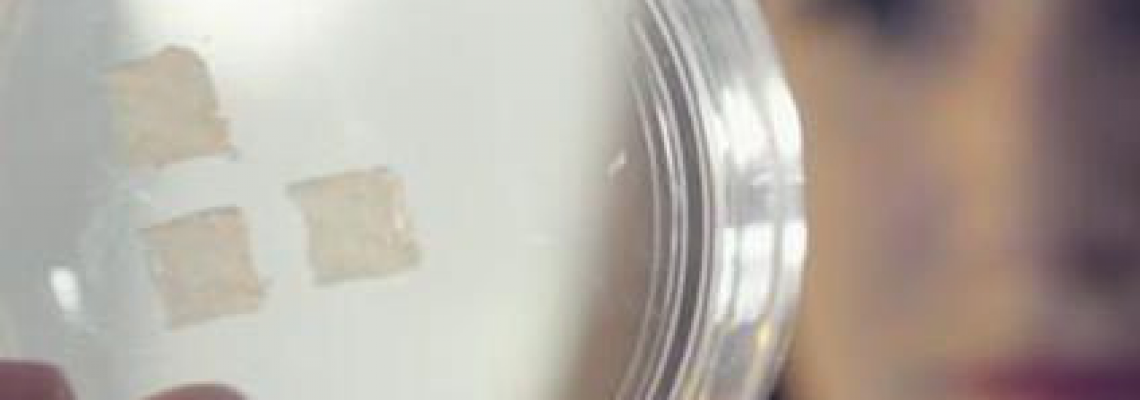
Unique 3D Skin
3D printing technologies, and particularly bioprinting, are rapidly evolving, bringing the world incredible innovations that are sometimes hard to believe. One of the latest achievements by scientists is a unique 3D skin, created for a very interesting purpose. Its primary application will be for testing cosmetic products for the Asian market.

The roots of this unusual invention lie in the global cosmetics industry's excessive focus on people with fair skin. This includes not only foundations but also powders, eyeshadows, and more. Meanwhile, people with different skin tones face significant difficulties in choosing suitable cosmetics. The problem goes much deeper: different skin types vary in multiple characteristics and react differently to skincare products. Therefore, if a cosmetic company targets a specific skin type, its products may be aesthetically or biologically unsuitable for people with other skin types. Chinese company Jala Group – a local cosmetics manufacturer – recognized this issue and developed a radically new method for optimizing cosmetics specifically for Asian consumers.
3D Skin for Cosmetic Testing
In collaboration with the French company LabSkin Creations, the organization began the project five years ago, and by the end of 2016, it had refined its bioprinting methodology to the point of presenting a sensational new product. The researchers’ unique development is 3D skin named “Asian skin,” clearly reflecting the project’s focus. Sections of this skin are made from human stem cells on a special 3D printer and fully mimic real living tissue.
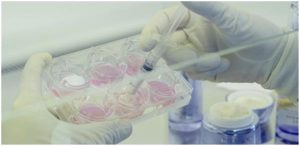
To develop their own 3D bioprinting process, scientists conducted 98 in-depth experiments, but the result is definitely worth it. 3D skin in a petri dish functions exactly like real skin of Asian individuals and can be used to test cosmetics for safety and effectiveness, as well as for developing new cosmetic products. This remarkable method is interesting not only for its end goal but also as a standalone process. Reports indicate that creating a functional dermis, epidermis, and dermal-epidermal junction takes only three weeks. However, such results are the outcome of years of dedicated work.
3D Skin: Creation Method
To create a small piece of artificial skin, researchers first analyzed real human skin. Then, a 3D model of it was created digitally and transferred via a special 3D printer onto skin-like structures. Special bio-inks were used as the material. The result was a tissue section visually and compositionally similar to real skin. This method was later patented by LabSkin Creations. It involves using various elements, including human stem cells, to rapidly produce artificial skin. The application of bio-inks takes only 1 minute 56 seconds, while the subsequent formation of skin structures takes 21 days. During this time, the 3D skin “matures” until it acquires the appearance, composition, and functions of real skin.
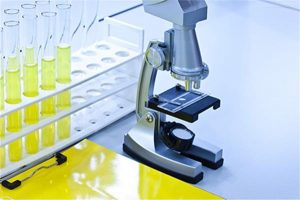
The developers are confident that 3D skin will find wide application due to its advantages:
- First, cosmetic testing will be more accurate than similar animal tests;
- Second, modifying the “recipe” of bio-inks and manipulating stem cells may lead to more personalized and adapted solutions for people with different skin types.
Thanks to bioprinting technology, we are approaching the creation of a new generation of natural products using innovative methods. This will help produce optimal goods for consumers.

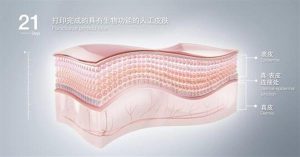
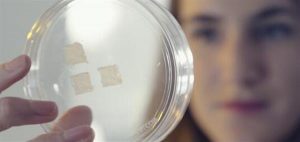

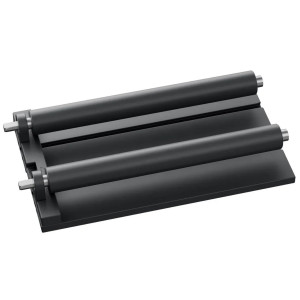



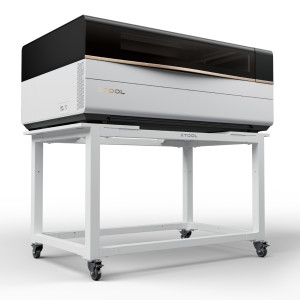
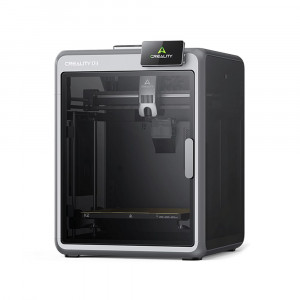
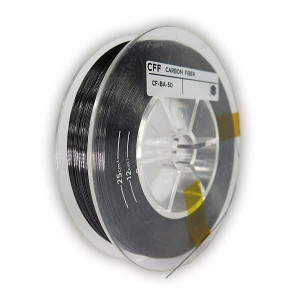





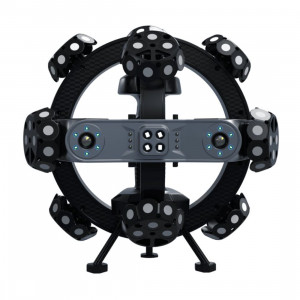
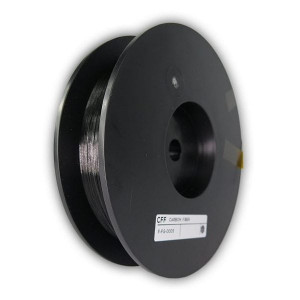
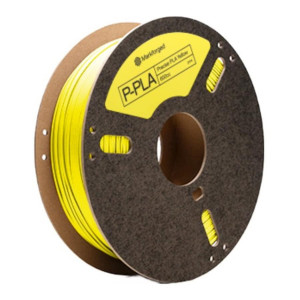
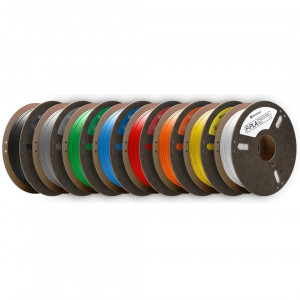
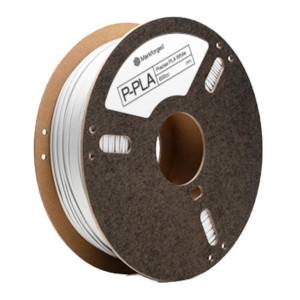
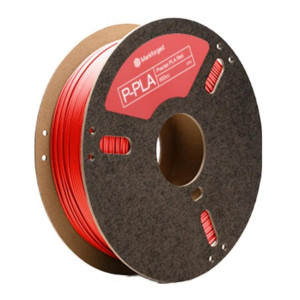
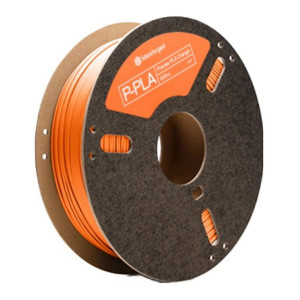
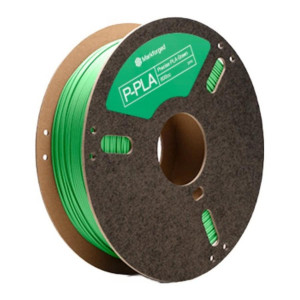
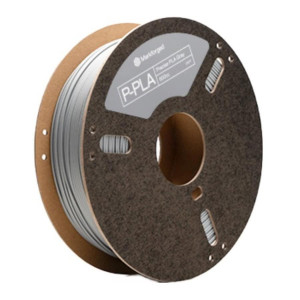
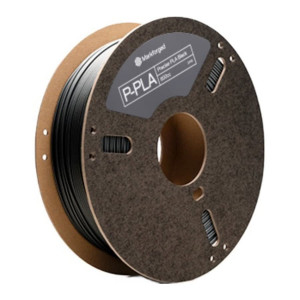
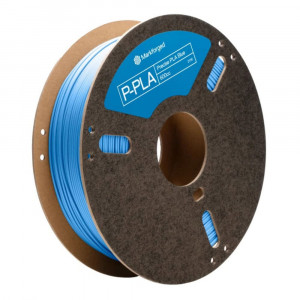
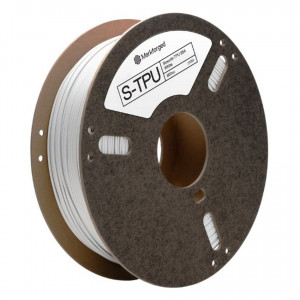
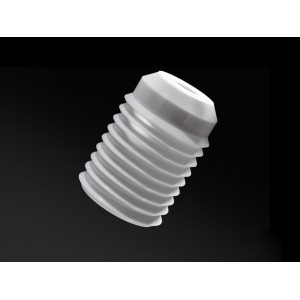
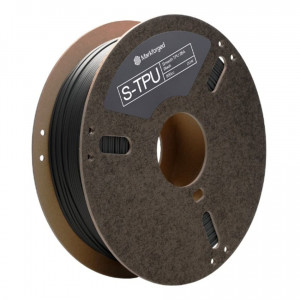

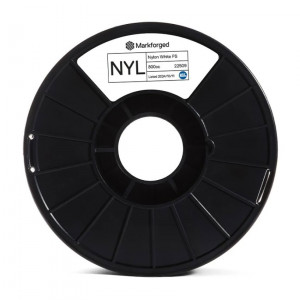
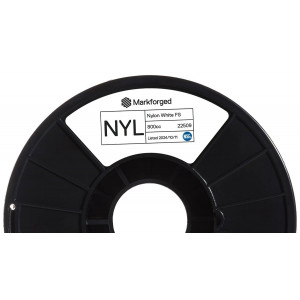
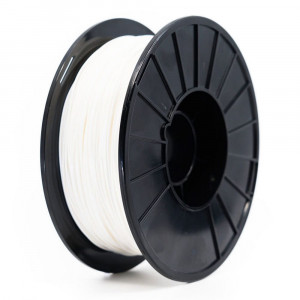
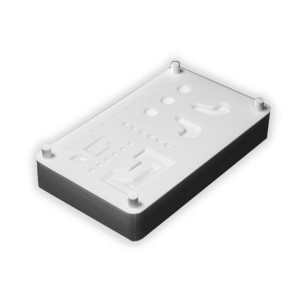
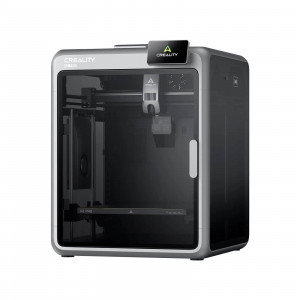
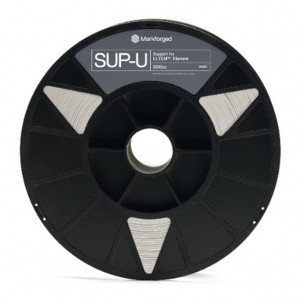

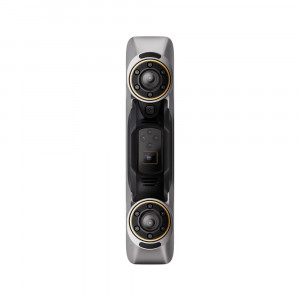




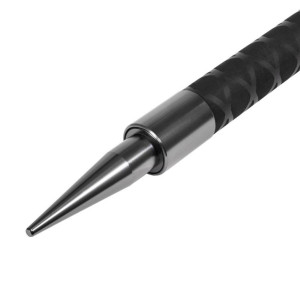


Leave a Comment